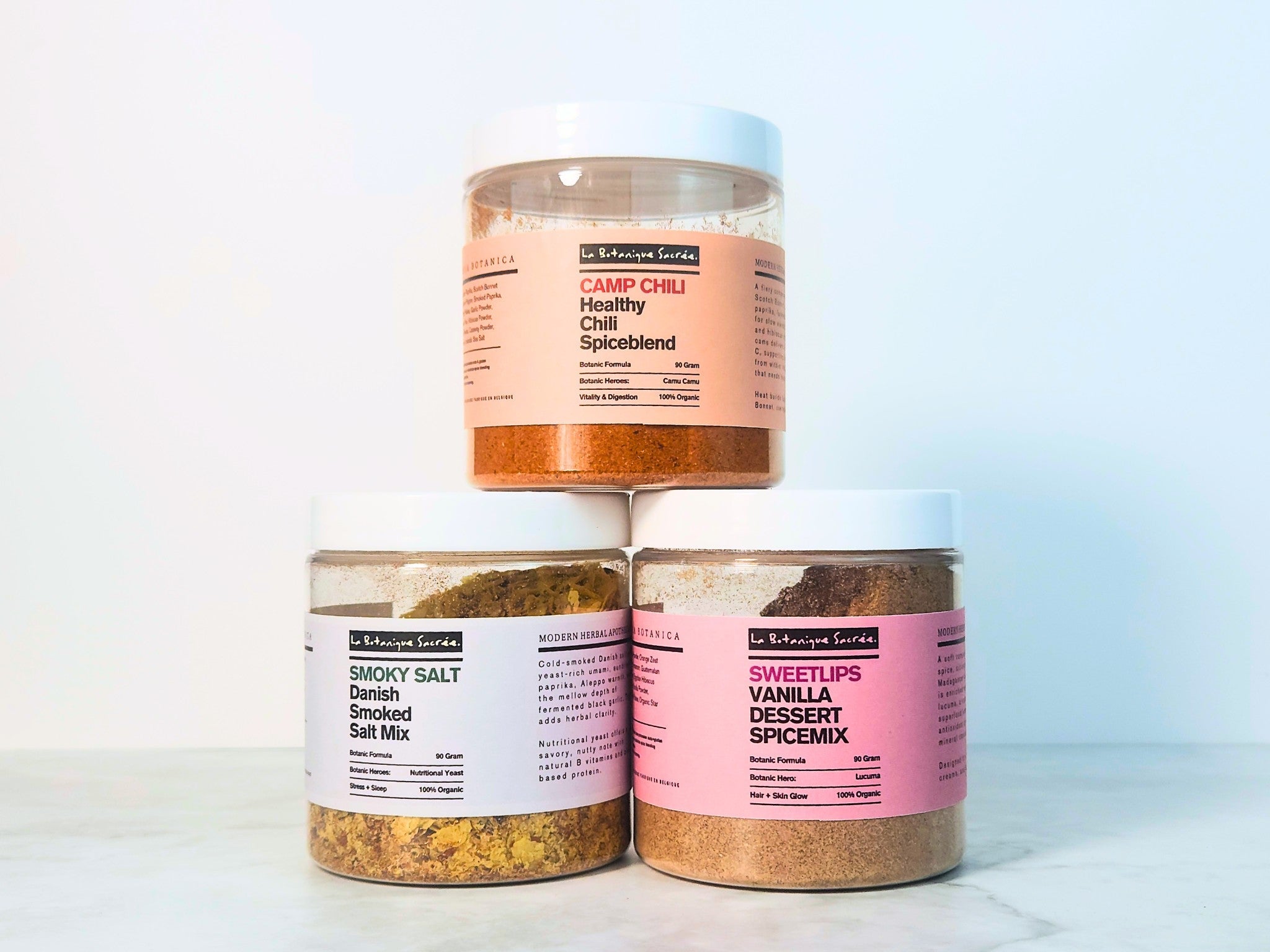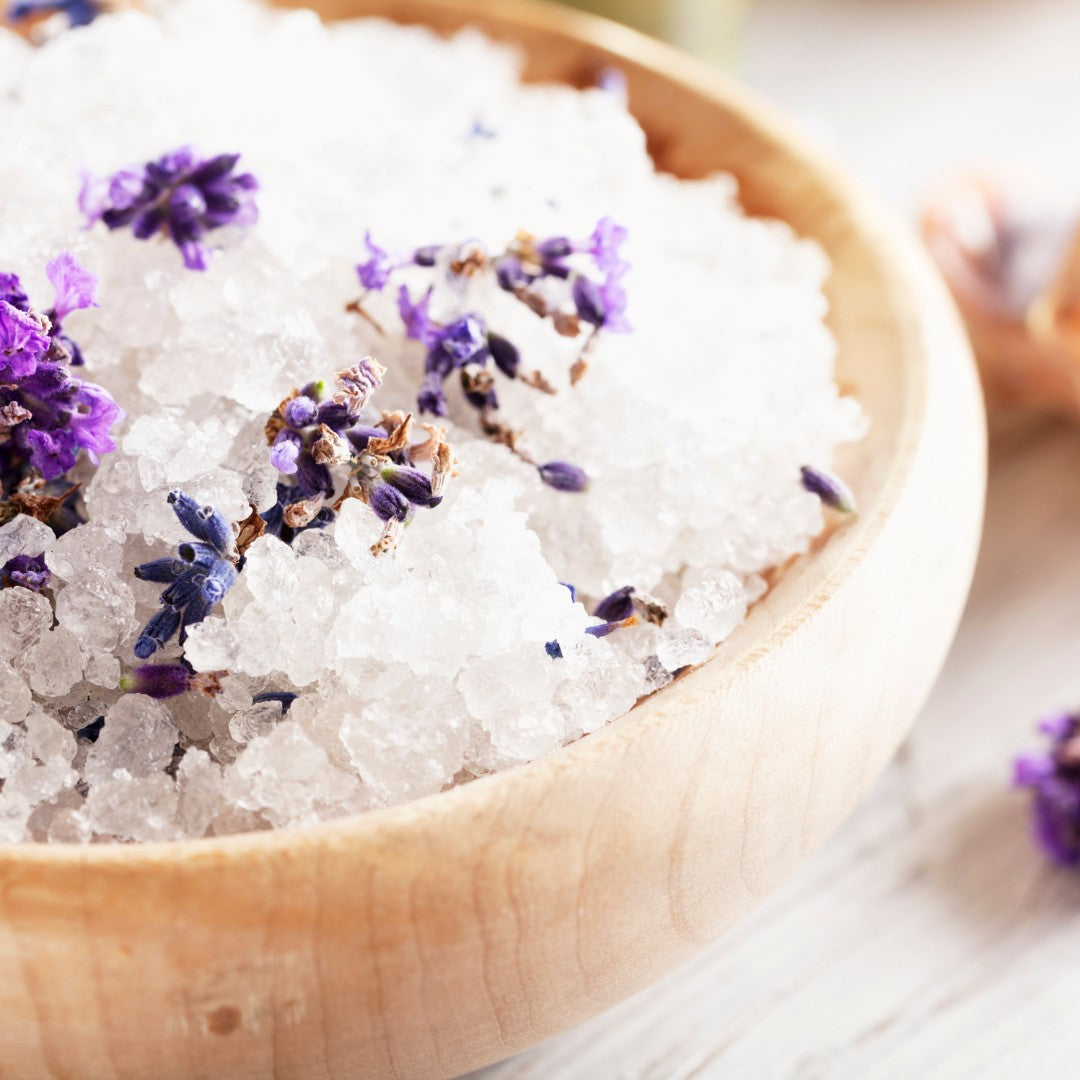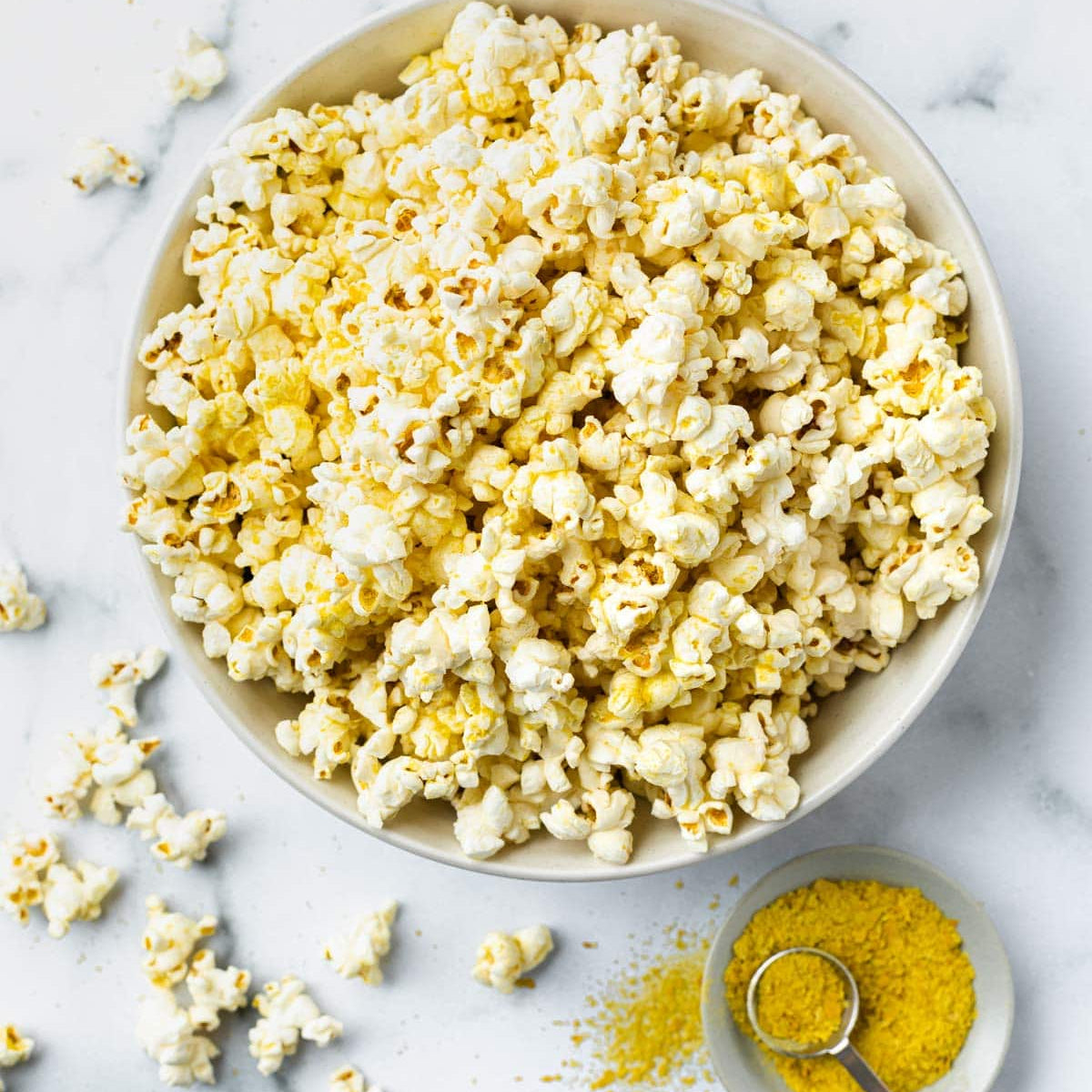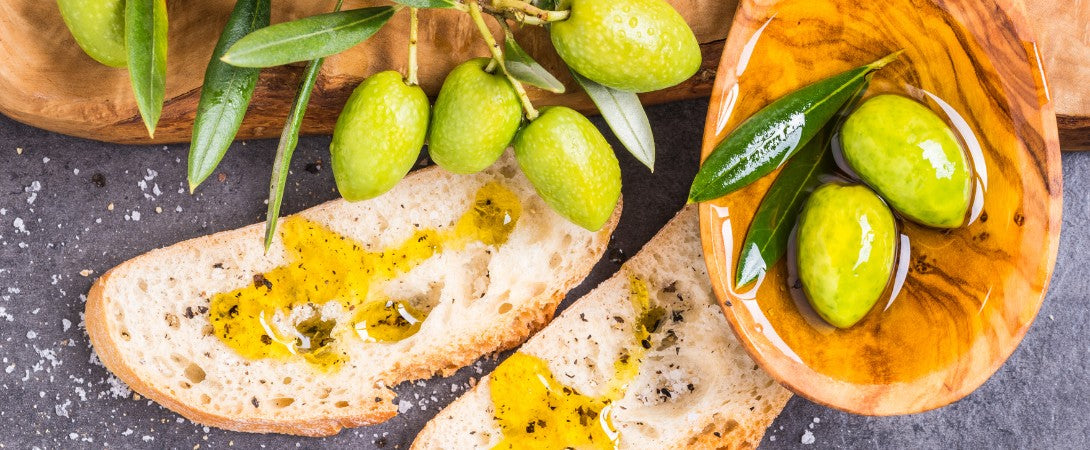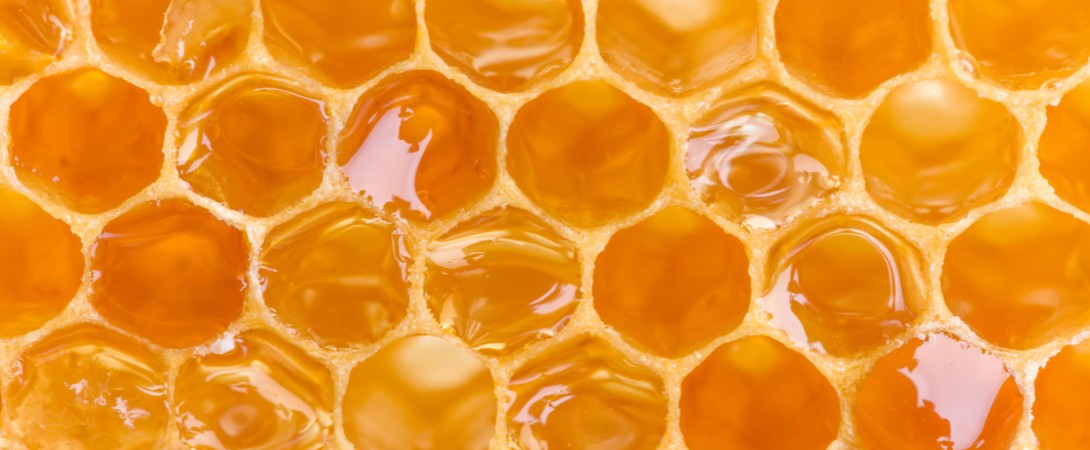Shiitake, wood-grown umami with cultured depth.
A wood-grown shiitake mushroom with a long archive in East Asia. Fresh and dried forms share a savory core while showing different expressions of aroma and texture. In kitchens, shiitake stands for depth and measured sweetness, with a clean finish that plays well with broth, rice, and greens.
Shiitake: History and Culture
Origins And Trade Routes
The earliest written record of cultivation appears in 1209 in the Records of Longquan County during China’s Song dynasty. Over subsequent centuries, foresters developed log culture on shii and oak across Japan, creating regional craft around cutting, inoculating, and drying.
By the late twentieth century, block substrate methods scaled production beyond East Asia and enabled global trade in dried and fresh product. Today, the species accounts for a substantial share of farmed mushrooms worldwide, often cited near one quarter of commercial output.
Cultural Symbolism and Heritage
Shiitake is foundational in Buddhist temple cookery and home broths. In Japanese shōjin ryōri, the dried shiitake form builds a vegetarian dashi with clear lines, while in Chinese cuisines prized grades include dōnggū and huāgū, the crackled cap a sign of density and craft.
The name encodes its wood culture: shii, the evergreen beech used for logs, and take, mushroom. Dictionaries and etymological references trace the borrowed term and give the common English pronunciation.
Shiitake: Health Benefits
Shiitake contains naturally occurring copper and selenium, with B vitamins such as niacin and pantothenic acid, and contributes dietary fiber through glucans including lentinan.
Exposure to ultraviolet light converts ergosterol in the tissue to vitamin D2; reviews and experiments report that mushrooms can be a meaningful dietary source when treated with UV, with substantial retention after soaking and common cooking methods.
The tissue also contains ergothioneine, a diet‑derived compound studied for antioxidant behavior and transported in humans by SLC22A4.
Fresh fruiting bodies are mostly water and naturally low in fat, which suits light stocks and vegetable dishes.
Shiitake: Science and Composition
A gilled fungus in the family Marasmiaceae, shiitake grows on hardwoods such as shii, oak, and chestnut. The cap of shiitake carries glutamate and, when dried, accumulates 5′-guanylate that heightens savor; amino acid umami and nucleotide umami reinforce each other in sensory work on palatability.
Sulfur-bearing volatiles like lenthionine provide a hallmark woodland aroma after drying and controlled heating. The tissue contains beta glucans such as lentinan, along with chitin and hemicellulose that contribute to dietary fiber. Naturally occurring minerals include copper and selenium, and the mushroom provides B vitamins such as pantothenic acid and niacin. These traits place the species among the most important cultivated fungi.
Shiitake chemistry underpins pantry use; shiitake behaves predictably across soaking and simmering, and its nucleotide profile makes small amounts effective. Practically, cooks pair the mushroom with kombu stocks rich in glutamate to achieve clear, layered savor. Volatile aroma evolves with processing. In addition to lenthionine, researchers consistently report 1‑octen‑3‑ol and dimethyl sulfides as key notes, with shifts between fresh and dried states that explain different kitchen roles.
SHIITAKE: Tidbits and good to know
Tidbits and Funfacts
“Flower” grade shows a natural crack pattern on thick winter caps, prized for sauce retention and dense bite.
The soaking liquid from dried caps is classic vegetarian stock in Japan and blends cleanly with kombu.
Lenthionine emerges from a non volatile precursor during drying and warming, shaping the aroma.
FAQ
What nutrients is shiitake known for?
Copper and selenium occur naturally, along with B vitamins such as niacin and pantothenic acid; UV treated mushrooms can contain vitamin D2.
How is “shiitake” pronounced?
Common English usage renders it shee TAH kay;
Is dried stronger than fresh?
Drying raises 5′-guanylate and activates aroma pathways, so the dried form seasons stocks efficiently.
How La Botanique Sacrée Uses SHIITAKE
Why we use it
When milled fine, shiitake disperses evenly in rubs and table seasonings. In warm liquids, a small pre bloom in water helps the powder open and disperse. In dry rubs, spreading the dose across salt or starch prevents clumping. For dressings, a brief hydrate in vinegar or citrus lets savory compounds integrate, giving roundness without added sodium.
Sourcing Information
Sourcing focuses on organic, low temperature dried caps from established East Asian producers,
Products using SHIITAKE
KAIJU-N — Cajun archetype reframed with Japanese superfoods; kombu and fellow seaweeds build the savory backbone under yuzu and paprika.




